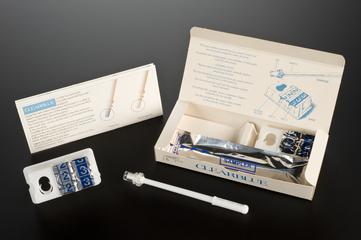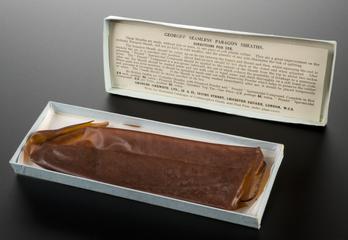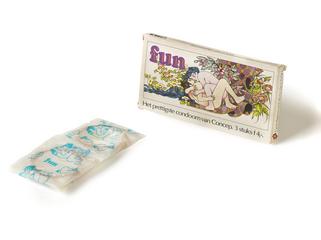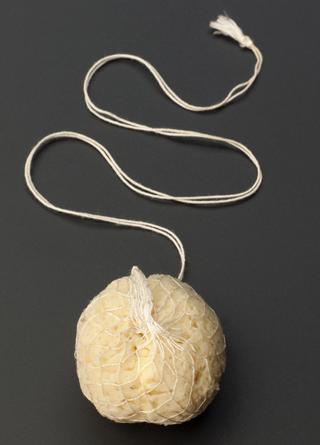
Embryotome, Paris, France, 1855-1875
- maker:
- Collin et Compagnie
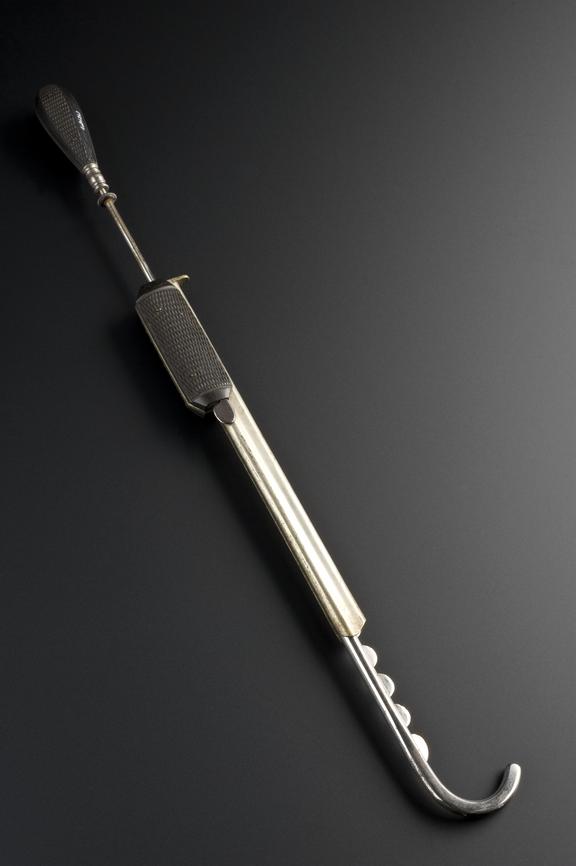
Embryotome, Jaquemier, steel and ebony, by Collin of Paris, from Charriere Collin and Gentile collection, circa 1865
The embryotome is used during an embryotomy. This procedure involves the destruction of the foetus when natural childbirth is impossible. Instruments such as this destroyed the foetus at its largest part, usually the head. This enabled vaginal delivery. The outer aspect of this hook is rounded to protect the maternal tissues. The inner aspect has two detachable sliding cutter blades: a steel blade for soft tissue and a chainsaw for bone.
The embryotome is made of steel and brass. It was designed by French obstetrician Jean Marie Jacquemier. It was made by Collin of Paris. The embryotome was originally part of an instrument collection belonging to amalgamated French companies Charrière, Collin and Gentile. It was sold in 1978.
Details
- Category:
- Obstetrics, Gynaecology & Contraception
- Collection:
- Sir Henry Wellcome's Museum Collection
- Object Number:
- A606261
- Materials:
- steel, chromium-plated and ebony
- Measurements:
-
overall: 35 mm x 480 mm x 50 mm, .38kg
- type:
- obstetrical embryotome
- credit:
- Drouot
